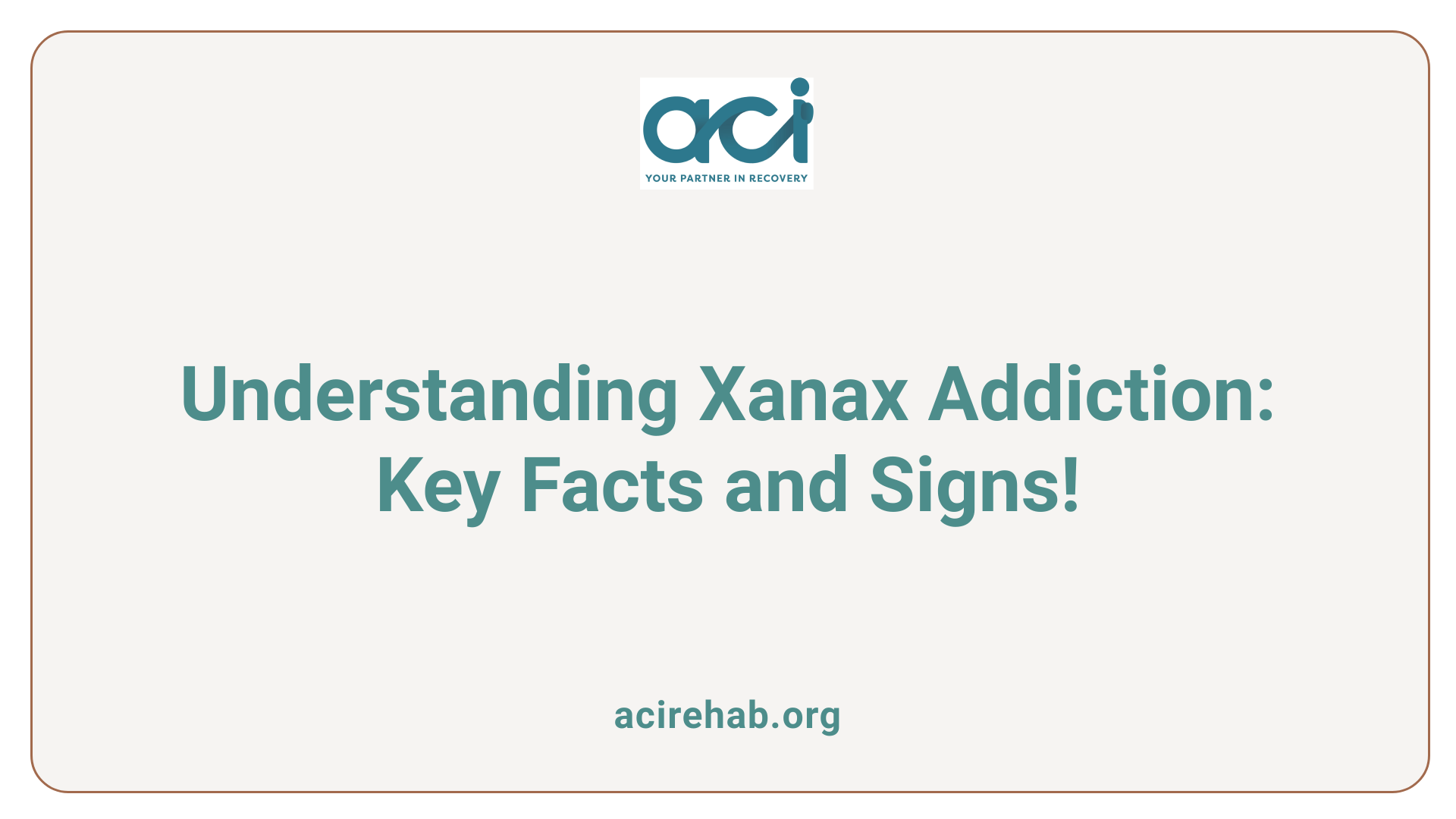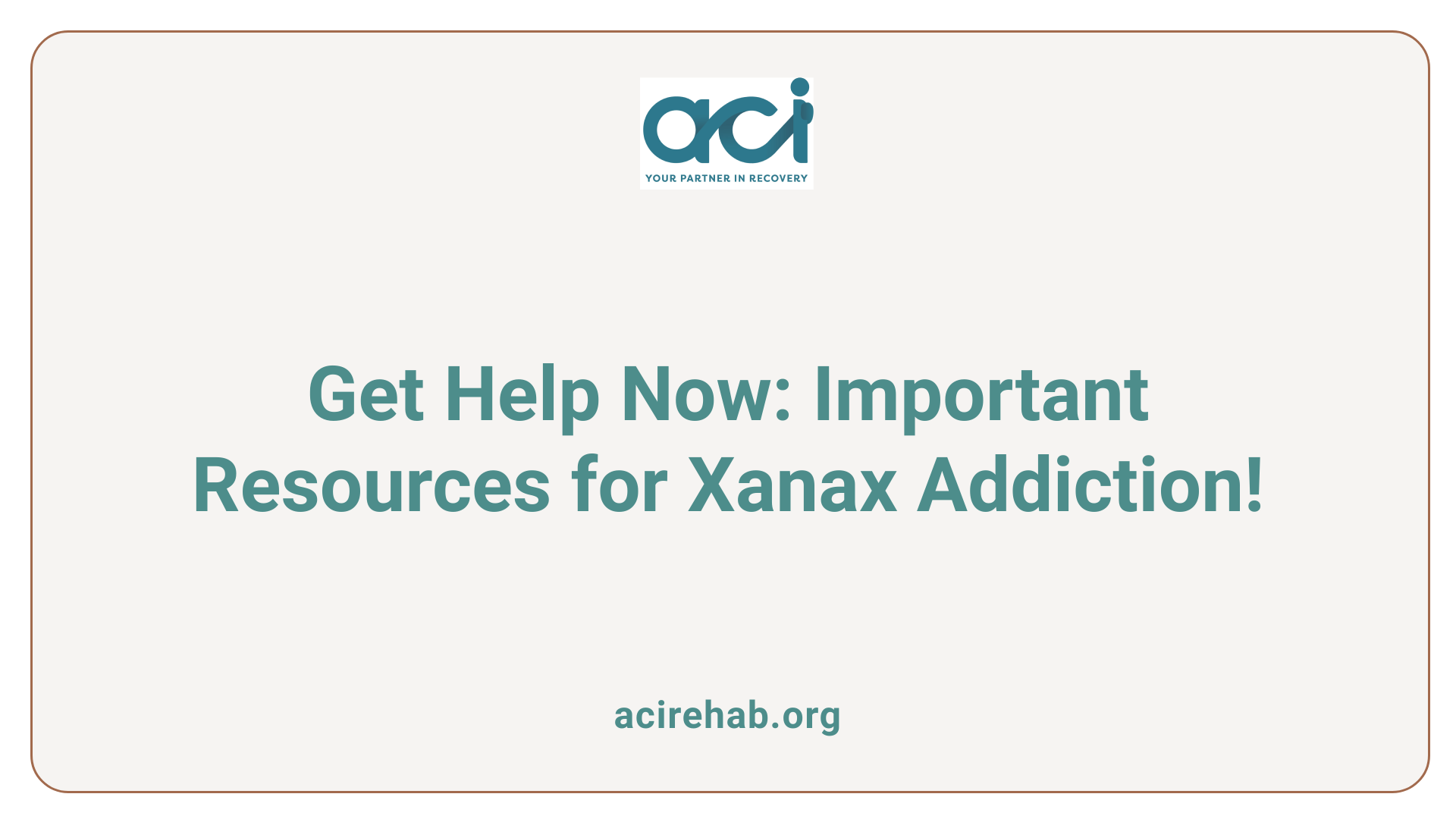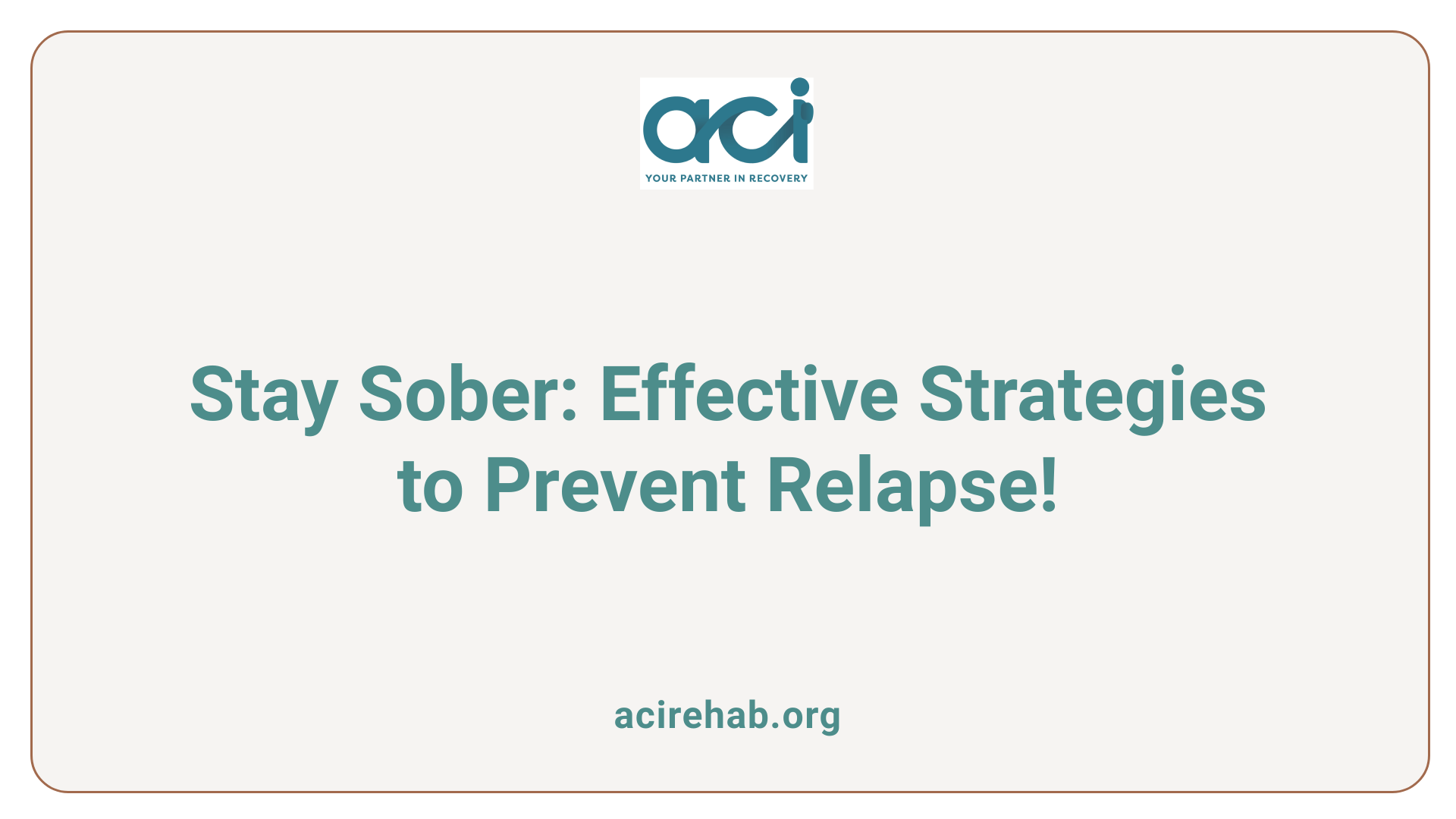Exploring the Depths of Xanax Addiction
Xanax, a benzodiazepine commonly prescribed for anxiety and panic disorders, is a double-edged sword. While effective in managing anxiety, its potential for addiction poses significant challenges. Understanding Xanax addiction—its signs, symptoms, treatment, and recovery options—is crucial for those affected.
What Is Xanax Addiction?

Nature of Xanax Addiction
Xanax, or alprazolam, is a widely prescribed benzodiazepine known for its effectiveness in treating anxiety and panic disorders. However, its ability to induce intense relaxation and drowsiness contributes significantly to its potential for misuse. When frequently consumed over extended periods, users can develop a tolerance, prompting them to increase doses, which can spiral into an addiction.
Difference Between Dependence and Addiction
It is crucial to differentiate between dependence and addiction. Dependence occurs when the body adapts to the drug, needing it to function normally. In contrast, addiction, classified as a substance use disorder, involves compulsive drug-seeking behavior despite harmful consequences. Individuals may find themselves using Xanax to avoid withdrawal symptoms or escape from stressors, further entrenching the cycle of addiction.
Signs and Symptoms of Addiction
Recognizing Xanax addiction involves looking out for specific signs. Common indicators include:
- Increased tolerance: Needing larger doses to experience the same effects.
- Withdrawal symptoms: Experiencing anxiety, headaches, or seizures when not using the drug.
- Cravings: A strong desire to use Xanax, leading to neglect of responsibilities.
- Physical signs: Excessive drowsiness, slurred speech, and impaired coordination.
People recover from Xanax addiction through a combination of detoxification, inpatient, and outpatient treatment programs. Detoxification, often under medical supervision, is crucial due to the potential severity of withdrawal symptoms, which can include anxiety, seizures, and intense cravings. Inpatient programs provide a structured environment beneficial for those with severe addiction, while outpatient programs require strong personal resolve as they can expose individuals to triggering environments. Ongoing therapy, counseling, and support groups play essential roles in preventing relapse after detoxification. Combined approaches, including medication and behavioral therapies that teach coping strategies, enhance the chances of successful recovery.
Recognizing the Signs of Xanax Addiction
Signs and symptoms of Xanax addiction
Identifying Xanax addiction can be crucial for early intervention. Common signs include:
- Increased tolerance: Needing larger doses to achieve the same effects.
- Withdrawal symptoms: Experiencing symptoms like anxiety, nausea, or tremors when not using the drug.
- Intense cravings: A strong desire to use Xanax, often leading to compulsive behaviors.
- Neglect of responsibilities: Failing to fulfill obligations at work, home, or school due to substance use.
- Physical signs: Observable symptoms such as excessive drowsiness, slurred speech, coordination issues, and other cognitive impairments.
Behavioral indicators of substance use disorder
Alongside physical signs, behavioral changes are critical indicators of Xanax addiction. These may include:
- Deceitfulness: Lying about drug use or visiting multiple doctors to obtain prescriptions.
- Social withdrawal: Isolating from friends and family, reducing social interactions.
- Risk-taking behavior: Using Xanax in dangerous situations (e.g., driving under the influence).
- Failed attempts to quit: Unsuccessful efforts to reduce or stop using Xanax despite a desire to do so.
Treatment options for Xanax addiction
Xanax addiction is best treated through a combination of medically assisted detox and structured rehabilitation programs. Treatment options include both inpatient and outpatient programs, depending on the severity of the addiction and individual medical needs. A medically supervised tapering schedule is crucial to minimize withdrawal symptoms, which can be severe and life-threatening. Ongoing psychotherapy, such as cognitive behavioral therapy, helps address the psychological aspects of addiction and develop coping skills. Aftercare services, including support groups and continued therapy, play a vital role in maintaining long-term sobriety.
Understanding the Risks: Withdrawal and Its Challenges
Withdrawal Symptoms and Severity
Withdrawal from Xanax can be a complex and daunting experience. Symptoms can range from mild to severe and often commence within 6 to 8 hours after the last dose. Common withdrawal symptoms include:
- Anxiety and Restlessness: Increased anxiety and feelings of restlessness can be prevalent.
- Tremors and Sweating: Physical signs often manifest as hand tremors or excessive sweating.
- Nausea and Insomnia: Many individuals report nausea, difficulty sleeping, and headaches.
- Seizures: In severe cases, withdrawal may lead to life-threatening seizures.
The severity of these symptoms can depend on factors such as the duration of use, dosage, and individual health conditions. It is crucial to acknowledge that approximately 20% to 50% of individuals discontinuing high doses may experience withdrawal symptoms.
Medical Supervision Necessity During Withdrawal
Given the potential risks associated with Xanax withdrawal, medical supervision during this process is essential. Detox typically involves a structured tapering plan, where dosages are gradually reduced. This method mitigates the risk of severe symptoms and complications, like grand mal seizures, which can cause significant health issues, including brain damage or even death.
A medically supervised detox program provides not only safety but also supportive care to help individuals cope with discomfort. Healthcare professionals can monitor symptoms and adjust treatment as needed. Additionally, therapeutic support, including counseling and peer support groups, plays a vital role in managing emotional challenges during withdrawal.
How to Cope with Xanax Withdrawal?
Coping with Xanax withdrawal requires a careful and supervised approach, primarily through a gradual tapering of the medication. This method allows your body to adjust to lower doses, which can help alleviate withdrawal symptoms such as anxiety, insomnia, and tremors. It’s essential to work closely with a healthcare provider during this process, as they can provide support and monitor for any severe withdrawal symptoms, including the risk of seizures. In addition to tapering, supportive therapies such as counseling or support groups can be beneficial for managing emotional symptoms. Remember that while many withdrawal symptoms are distressing, they are typically not life-threatening, but proper management is crucial to ensure safety and comfort during this transition.
Comprehensive Treatment Strategies for Recovery
Medically Assisted Detox
Medically supervised detoxification is the first step in overcoming Xanax addiction. It is essential for managing withdrawal symptoms that can vary from mild anxiety and nausea to severe complications such as seizures. Gradual tapering of the drug dosage is typically recommended; a common guideline is to reduce the dosage by no more than 0.5 mg every three days to minimize discomfort and health risks. This careful process ensures that the individual is safely monitored, reducing the possible life-threatening symptoms associated with abrupt cessation.
Inpatient versus Outpatient Care
Treatment for Xanax addiction may be conducted through inpatient or outpatient programs, with the choice dependent on the severity of the addiction. Inpatient programs provide a controlled, drug-free environment for individuals with more severe dependencies requiring intensive support and supervision. Conversely, outpatient programs allow individuals to live at home while receiving therapy and regular check-ins, making them suitable for those at early stages of substance use. Both types of care aim to provide a structured path toward recovery while accommodating personal circumstances.
Role of Psychotherapy in Recovery
Psychotherapy, particularly Cognitive Behavioral Therapy (CBT), plays a crucial role in treating Xanax addiction. CBT helps individuals identify and address the thought patterns contributing to their substance use while developing coping strategies to manage cravings and high-risk situations. Other therapeutic options include group therapy and motivational enhancement therapy, fostering a supportive environment for individuals to share experiences and gain insights. Ongoing counseling and participation in support groups are also vital for preventing relapse and ensuring a sustained recovery journey.
Medications Used in Managing Xanax Withdrawal

What medication is used for Xanax withdrawal?
Medication typically used for Xanax withdrawal includes longer-acting benzodiazepines such as Valium (diazepam). These medications help stabilize individuals during the detox process by easing withdrawal symptoms that can begin as soon as 1-4 days after discontinuing Xanax.
A well-structured tapering plan is essential for managing withdrawal safely and effectively. This usually involves gradually reducing the dosage under medical supervision to lessen both the intensity of withdrawal symptoms and the risk of complications. In severe cases, withdrawal symptoms can peak in the first two weeks and may include anxiety, agitation, and even seizures.
Supportive care during this time is also vital. This may include proper hydration, nutrition, and therapeutic interventions like Cognitive Behavioral Therapy (CBT) to help manage anxiety and support psychological well-being. Medical detox is strongly recommended to ensure safety throughout this process.
The Role of Therapy in Sustaining Sobriety
Types of therapeutic interventions
Therapy is a cornerstone in the recovery process for Xanax addiction. Various therapeutic interventions are employed to address the psychological aspects of addiction. Some common types include:
- Cognitive Behavioral Therapy (CBT): This is a widely used method that helps individuals identify and change negative thought patterns and behaviors related to their drug use.
- Contingency Management: This approach provides tangible rewards for positive behaviors like attending therapy sessions or maintaining sobriety.
- Motivational Enhancement Therapy: This therapy aims to foster the individual’s motivation to change by helping them set and achieve personal goals regarding their addiction.
Effectiveness of CBT
Cognitive Behavioral Therapy has shown significant effectiveness in treating substance use disorders, including Xanax addiction. Research supports its ability to help individuals:
- Understand their addiction triggers.
- Develop healthier coping strategies to deal with anxiety or stress without resorting to drug use.
- Enhance their self-efficacy and reduce relapse potential.
Integrating therapy with other treatment modalities, such as medically supervised detox and support groups, offers a comprehensive approach to achieve lasting sobriety. The combination not only addresses the addiction but also supports overall emotional and psychological stability.
The Importance of Aftercare and Support Networks

Support Groups and Aftercare Programs
Aftercare programs play a critical role in the recovery journey for individuals overcoming Xanax addiction. Support groups provide a safe space for sharing experiences, challenges, and triumphs with others who understand the struggles of addiction. Organizations like Alcoholics Anonymous (AA) and Narcotics Anonymous (NA) offer group therapy opportunities that reinforce sobriety and provide encouragement.
Additionally, structured aftercare programs can include sober living environments, which support ongoing recovery while helping individuals reintegrate into daily life. Regular check-ins, counseling sessions, and group therapy are often components of aftercare to help manage triggers and maintain progress.
Building a Support Network
Establishing a solid support network is crucial for anyone recovering from Xanax addiction. Family, friends, and peers can be essential in providing emotional support and encouragement. Involving loved ones in therapy sessions can enhance understanding and communication, strengthening relationships that might have been strained by addiction.
Creating connections with others in recovery can foster accountability and resilience, further aiding in maintaining long-term sobriety. Engaging with community-based organizations can also offer additional resources and emotional backing to navigate the recovery journey successfully.
Distinguishing Dependence from Addiction
Understanding Dependence versus Addiction
Dependence and addiction, though often used interchangeably, reflect different aspects of substance use. Dependence refers to a physical state where the body adapts to the presence of a drug, such as Xanax, leading to withdrawal symptoms if the drug is suddenly stopped. This can develop as quickly as two weeks after consistent use.
Conversely, addiction involves a compulsive drug-seeking behavior despite adverse consequences. Signs of addiction include consuming larger amounts than intended, unsuccessful attempts to cut down, and maintaining use despite harm. It’s crucial to recognize these differences when seeking treatment.
Implications for Treatment
Recognizing the disparity between dependence and addiction significantly impacts treatment approaches. Dependence may require detoxification and a gradual tapering process to manage withdrawal safely. In contrast, addiction often necessitates integrated therapies such as cognitive behavioral therapy (CBT) to address underlying psychological issues and develop coping strategies for long-term recovery.
Effective treatment must consider both aspects to provide comprehensive care.
Immediate Help: Resources for Those in Need

SAMHSA’s National Helpline Role
For individuals struggling with Xanax addiction, SAMHSA’s National Helpline offers a vital starting point. This confidential, 24/7 service provides treatment referrals and information for individuals and families facing mental or substance use disorders. In 2020 alone, the Helpline received over 833,598 calls, highlighting the significant need for addiction treatment and support services. While the Helpline does not provide counseling directly, it connects callers to local treatment facilities and support groups that cater to those facing challenges with substances like Xanax.
Access to Treatment and Support Services
The Helpline is free of charge and can assist those without insurance or those who are underinsured by directing them to state-funded treatment programs. Support services may include local detox centers, outpatient therapy options, and community-based resources. Effective treatment plans typically incorporate detoxification followed by therapeutic approaches, such as cognitive behavioral therapy (CBT), which addresses underlying issues and helps develop healthy coping strategies. Accessing these resources is crucial for anyone seeking to overcome Xanax addiction and achieve long-term recovery.
Preventing Relapse: Long-Term Recovery Strategies

What Are Effective Relapse Prevention Strategies?
To maintain sobriety after overcoming Xanax addiction, it’s essential to implement effective relapse prevention strategies. These may include:
- Ongoing Therapy: Regular sessions with a therapist can provide support and reinforce coping mechanisms to deal with stressors.
- Support Groups: Joining a community of peers who understand the challenges can foster accountability and encouragement.
- Healthy Routine: Establishing a structured daily routine helps create stability and reduces the temptation to use.
How Can Individuals Build Resilience and Avoid Triggers?
Building resilience is vital for preventing relapse. Here are ways to bolster one’s defenses against triggers:
- Identify Triggers: Recognizing what situations or emotions prompt cravings allows individuals to develop specific strategies to cope.
- Develop Coping Skills: Techniques like mindfulness, exercise, and journaling can aid in managing stress and cravings.
- Maintain Social Connections: Having a robust support network comprised of family and friends can provide necessary encouragement during tough times.
By focusing on these strategies, individuals can enhance their recovery journey and reduce the likelihood of relapse.
Taking the First Step Towards Recovery
Understanding and overcoming Xanax addiction is a journey that requires determination, resources, and support. By equipping oneself with knowledge about the nature of the addiction, available treatments, and the importance of ongoing support, individuals can navigate the complexities of recovery. Seeking professional help and building a strong support system are crucial first steps to reclaiming a life free from substance dependence.
References
- How to Help Someone Addicted to Xanax – DrugAbuse.com
- Xanax Addiction Treatment, Rehab & Detox Centers Near Me
- SAMHSA’s National Helpline
- How to Recognize and Treat Xanax Addiction – Healthline
- Xanax addiction treatment: What to expect from detox and how to help
- Xanax Addiction Treatment: What Are the Options? | Zinnia Health
- Xanax Withdrawal: Detox Timeline & Symptoms | Oxford
- How to Beat Xanax Addiction – Georgia Addiction Treatment Center

